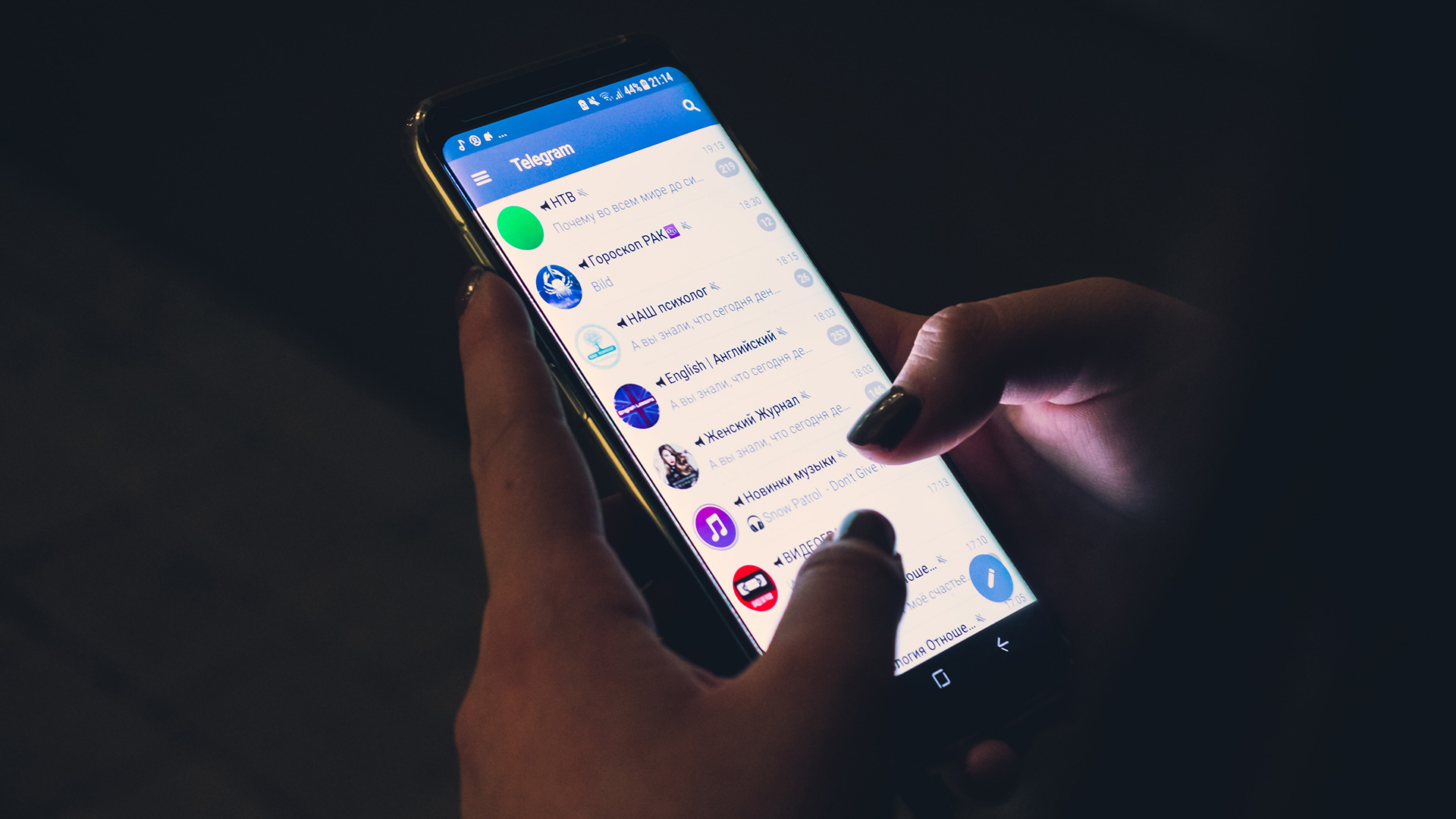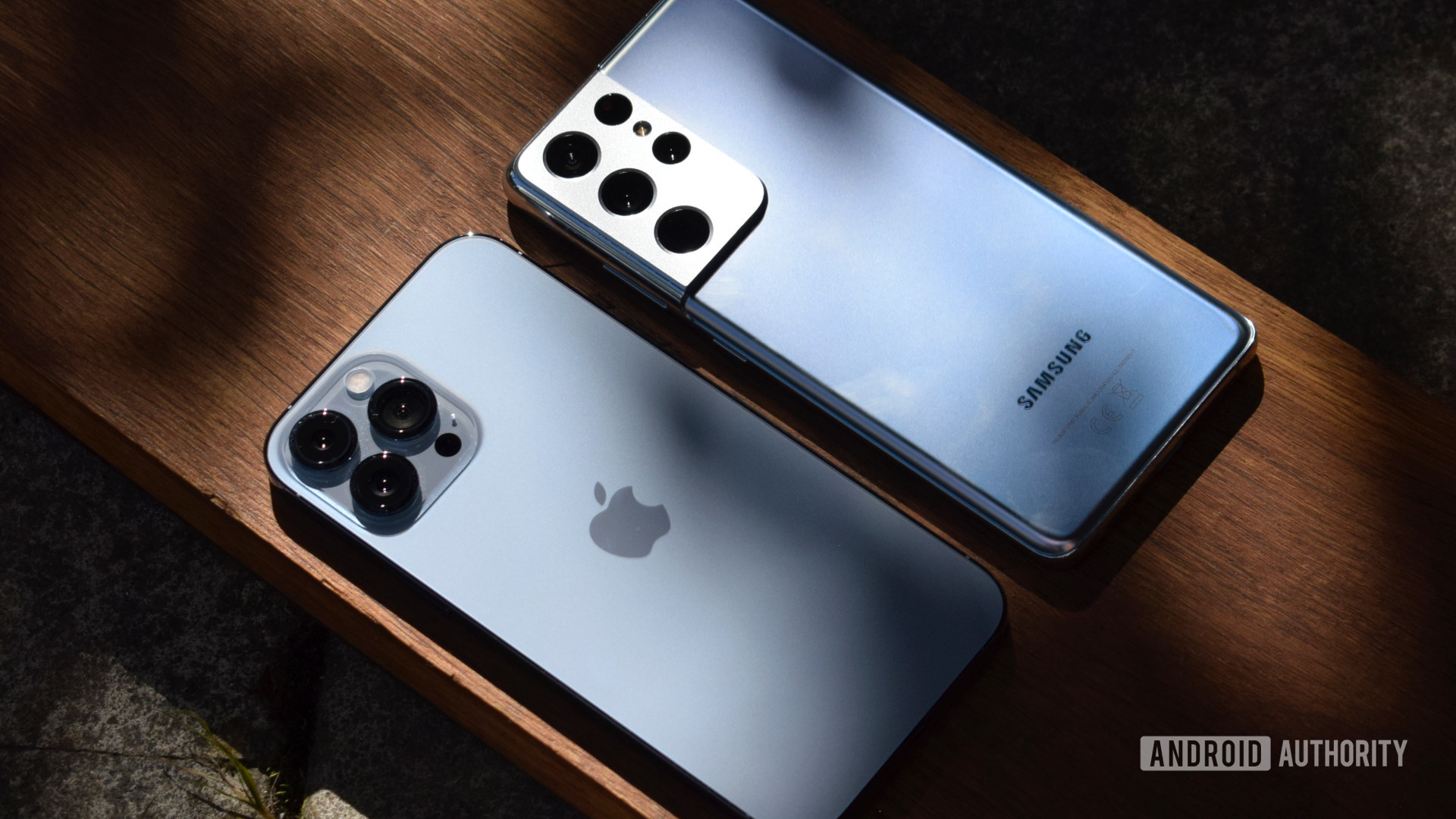A guide for the rest of the world
Robert Triggs / Android Authority
The ‘green bubble’ phenomenon is back in the headlines, following accusations that Apple leverages its iMessage platform to exert “peer pressure and bullying as a way to sell products.” A bold but increasingly well-substantiated claim, at least as far as the US is concerned.
Like far too much modern news, the narrative is dictated by a predominantly US-based trend. The rest of the world seems far less obsessed with the smartphone you own or your messaging platform of choice. Many readers might wonder just what the iMessage fuss is all about and why they keep hearing about a platform they never use.
Blue and green bubbles explained

If you’re just catching up on the saga, Apple’s default messaging app displays blue bubbles when sending texts, photos, and videos to other iMessage users. These messages use Wi-Fi or mobile data but are otherwise free to send and receive.
The app displays green bubbles when communicating with non-iMessage users, such as Android phones, falling back to SMS/MMS for text, pictures, etc. While SMS is regularly unlimited on US and European phone plans, it’s not a given around the entire world. So some iPhone customers may have to pay to message their Android friends. Depending on carrier limits, media might also be compressed when sent as MMS.
More reading: Don’t forget — A green bubble on an iPhone is a person
iMessage to iMessage communication has other advantages too. Messages are encrypted and the app also displays read and typing notifications. In other words, blue bubble iMessage users benefit from features you might recognize from WhatsApp and other services, while green bubbles do not. While innocuous sounding on its own, this lack of feature parity has led some iPhone users to stigmatize their green bubble contacts.
Where does iMessage fit in the big picture?

To put the discussion in some perspective, iMessage is far from the most widely used message app on a global scale. That title belongs to Whatsapp, with some 2 billion monthly active global users in October 2021, according to Statista. Followed by Facebook Messenger (1.3 billion) and WeChat (1.2 billion), then QQ (591 million), Telegram (550 million), and Snapchat (538 million). Unfortunately, no comparative data for iMessage exists. Some estimates suggest close to 1.3 billion users, but as iMessage is the iPhone’s default SMS app, any user that receives a text message or just plain old spam could be counted among those numbers.
Regional trends from November 2021 confirm a diverse range of messaging apps in use around the world. WhatsApp claims the most use in 53 countries, spanning Europe, India, and South America. WeChat is the platform of choice in China, Viber is particularly popular in Bulgaria, Greece, and Ukraine, and Telegram is widely used in Argentina, Isreal, and Spain.
Facebook messenger may be the most popular US platform today but Gen Z is gravitating towards iPhone-exclusivity.
Even in the US, home of the iPhone, Facebook Messenger is the most popular messaging app. According to a separate survey from June 2020, 32% of US adults used Facebook Messenger, 20% used Instagram, 17% iMessage, and 12% Whatsapp. Popular global apps such as WeChat, Viber, and Telegram barely registered 2% each, painting quite a different picture of messaging habits compared to the rest of the world. But even in the US, iMessage isn’t the most popular app across the general population. At least not yet.
The data reveals that platform-agnostic messaging apps are favored when looking at both US-centric and global pictures. So where does this obsession with iMessage originate?
iMessage — a US teenage phenomenon

Dhruv Bhutani / Android Authority
The key to understanding the green bubble phenomenon is found in a survey by Consumer Intelligence Research Partners. The research highlights huge growth in recent US iPhone sales in the 18-24 age bracket. Gen Z iPhone adoption has jumped from 47% in 2018 to 74% in 2021 — meanwhile, ownership rose slightly from 34% to 40% in the same period for those over 24. Internal Apple research claims that iPhone users predominantly use iMessage (85% of users) and so iMessage’s US user base continues to grow. This is especially so in younger age groups — and with it, the pressure to keep using the same platform as their peers.
With such rapid growth driven, in part, by the social status associated with iMessage use, Apple is vindicated in its decision to keep its messaging service exclusive. Apple’s senior VP of software and services, Eddy Cue, wanted to bring iMessage to Android in 2013 but was vetoed by other executives. Apple didn’t want to give away one of its unique selling points.
Leaving Apple free to capture an entire generation of the US market is a huge risk for its rivals.
The explosion of a young US user base is likely to convert into brand loyalty that could last a lifetime. Even though iPhones and iMessage aren’t the biggest players on a global scale, this should concern rival companies like Google, Samsung, and the tech industry at large. For starters, they are at risk of losing a generation of lucrative US businesses. And not just in the smartphone space — Apple brand loyalty extends to the PC, audio/music, TV, and smart home markets now too. These product segments could soon fall victim to the allure of status over classic technological competence too.
Furthermore, the importance and influence of brand perception on the global picture cannot be understated. Brands and trends that flourish in the US have a habit of trickling their way into Europe and regions beyond. Currently, Android enjoys a 73% global market share, hitting highs of 88% in South Africa, but reaching as low as just 40% in the US and falling. It’s not just messaging apps — there’s a growing gap between the US and the rest of the world when it comes to mobile and desktop operating systems, tablet, and smart home use too. US examples often skew towards the Apple camp.
Leaving Apple unchecked to capture an entire generation of the US market is a huge risk for companies, even those currently enjoying success in other regions.
Solutions to end green bubble bullying

Robert Triggs / Android Authority
Circling back to the nature of iMessage, one of the more interesting aspects of the green bubble phenomenon is that it doesn’t really matter that iMessage features can be found elsewhere. Rather it’s social perceptions from purposely curated technological exclusivity and the resulting perceived difference between those blue and green bubbles that is driving the issue. Encouraging Google to set up a rival Android application wouldn’t solve the problem, even if the company didn’t already have a terrible track record in this space over the past decade. In fact, you’ll find the same and often more advanced features available on third-party internet messaging platforms already in use around the world.
Google is instead advocating for Apple to support RCS messaging instead of basic SMS features when communicating with Android users. RCS would help produce parity between blue and green bubbles, as it supports typing indicators, read receipts, and many other features currently lacking from the green bubble hoi polloi — although RCS isn’t a complete global solution, as it depends on carrier and handset support. Alternatively, persuading Apple to bring iMessage to Android would work. But this seems unlikely given the company’s historic comments and what it stands to gain from iMessage exclusivity.
See also: How to enable RCS messaging on your phone
Google claims that Apple is holding back innovation by failing to support the latest messaging features. That’s a fair criticism and similar complaints could be made about Apple’s stubborn support for the Lightning connector. However, unlike the latter, it’s doubtful we’ll see Apple come under legal scrutiny for anti-competitive behavior regarding iMessage. Instead, for now, the only option appears to be to ask Apple to play nicely.
For all the latest Technology News Click Here
For the latest news and updates, follow us on Google News.
